Copyright © All rights reserved.



Maurice Anderson
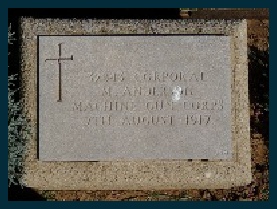
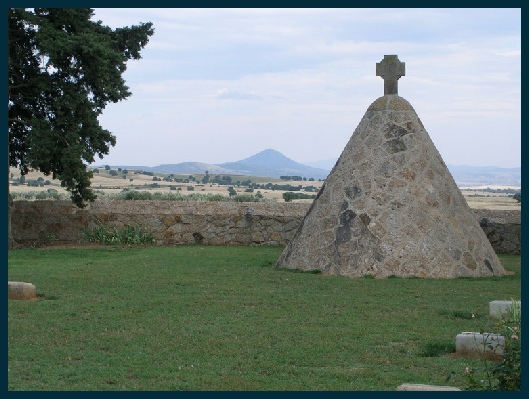
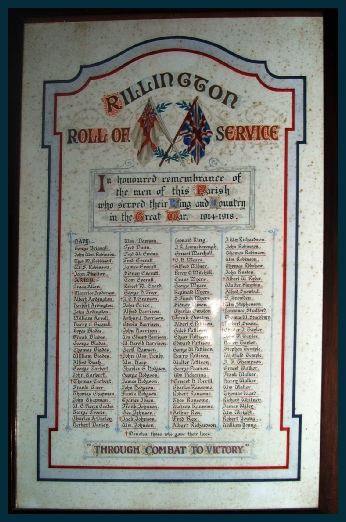
Maurice Anderson was the oldest son of John Robert and Sarah Ann(nee Lacy) who were married in Thixendale Church on February 24th 1897.
Maurice was born 10th August 1897 and baptised 29th August 1897 at St Peter’s, Norton. John gave his profession at the baptism as Bricklayer. As so often, his parents seem to have anticipated their wedding – he was born six months after the marriage.
In 1901 the family was living on Mill Street in Norton. It seems likely that they had lost one child Ellen who was born at the end of the year 1899 and died in the Autumn of 1900, and in the autumn of 1901 they had another son Charles Lacey who died the following summer.
1901 Census -
John R. Anderson, Head, Married, Male, 29, , Bricklayer, Norton, Malton, Yorkshire
Sarah A. Anderson, Wife, Married, Female, 28, , -
Maurice Anderson, Son, -
Clarice M. Anderson, Daughter, -
By the time of the 1911 Census they had moved to Wood Street and had lost another very short-
1911 Census -
John R. Anderson, Head, Married, Male, Bricklayer, 39, Yorks Norton Malton
Sarah Ann Anderson, Wife, Married, Female, -
Maurice Anderson, Son, -
Clarice Anderson, Daughter, -
Thomas P. Anderson, Son, -
Harry Anderson, Son, -
Arthur Anderson, Son, -
Nancy Anderson, Daughter, -
Almost as soon as war was declared the 17-
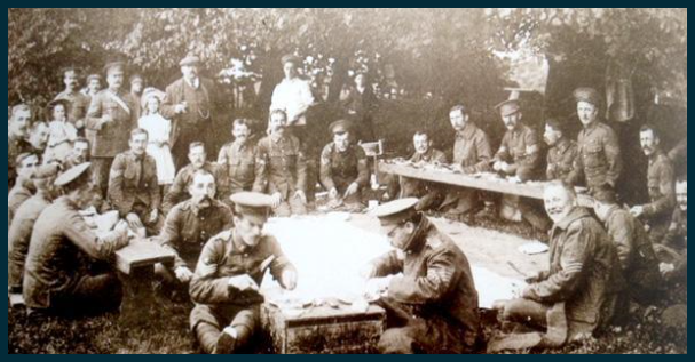
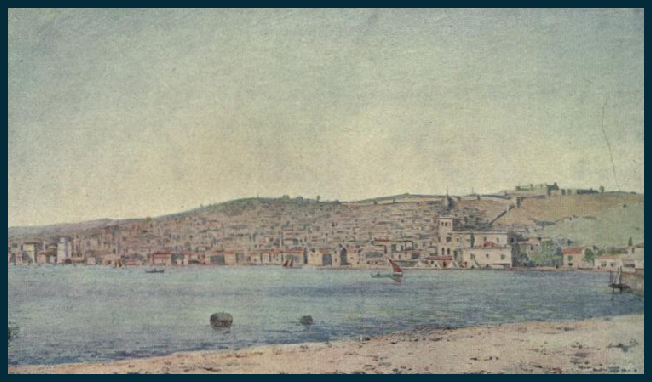
On 5th July 1916 Maurice embarked for Salonika, arriving at Salonika later that month. By this stage martial law had been declared there and the atmosphere was extremely tense though there had been little actual fighting that year. However it became increasingly clear that the Rumanians were poised to attack and so in the beginning of August 1916 three French and one British divisions with 45,000 men and 400 guns launched an offensive against the Bulgarian positions at Lake Dojran, defended by the Second Thracian Infantry Division. The attack began on 9 August with heavy artillery fire on the positions of the 27th Chepino Regiment and 9th Plovdiv Regiment. All four attacks that followed -
Other sources state that the French took Tortoise Hill (Tortue) and Doldzeli, in total 30 square km, but at a very high cost and the British took Horseshoe Hill. Given the shortage of artillery and skilled gunners Maurice would almost certainly have been present at Horseshoe Hill.
Operations on the Doiran-
However Maurice was not among them. On the 14th September he was admitted to the Field Hospital and subsequently to the hospital in Salonika suffering from a severe fever, where he remained for a good fortnight.
About a month after he was discharged from hospital he re-
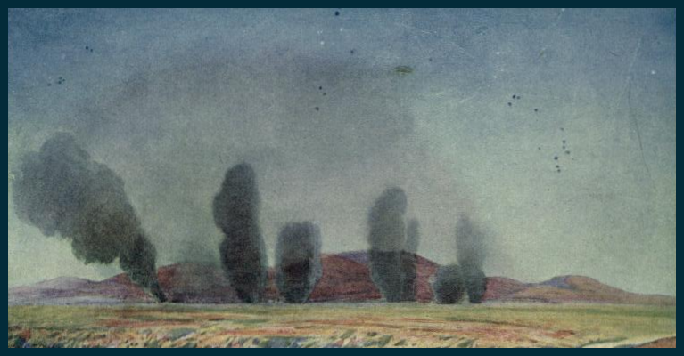
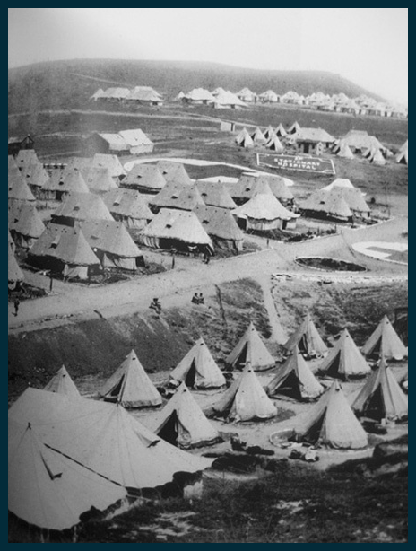
About a month after he was discharged from hospital he re-
The winter of 1916-
He was first treated by a Field Ambulance before being transferred to a Casualty Clearing Station. From there he was transferred to 21 Stationary Hospital at Salonika on 23rd March. The Stationary hospital was a large unit capable of treating about 400 patients. Maurice stayed there until 15th April when he was discharged to a Convalescents Depot where he remained until 17th May when he was discharged to the General Base Depot from where he re-
However, it would seem that his fever of September was almost certainly malaria which had been lying dormant, and on 3rd August he was again admitted to a Field Ambulance and transferred to 31st Casualty Clearing station. On 6th August he was assessed as dangerously ill and on the 7th he died of malignant malaria.
Maurice was buried at Janes Military Cemetery nearby. However, in February 1921, 560 graves were brought into Sarigol Military Cemetery from Janes. Sarigol lies a few miles to the south serving the same front. The cemetery at Janes was on low ground, and, under the normal conditions of this region, it was found difficult to approach and almost impossible to maintain in good order. With a few exceptions, the burials were made from 31st Casualty Clearing Station. So it is at Sarigol that Maurice is now buried.
Maurice’s paperwork shows him to have been C. of E. but he is commemorated on the memorial at the Methodist Church in Saville Street. He is also commemorated in St Andrew’s Church, Rillington, where his family lived.